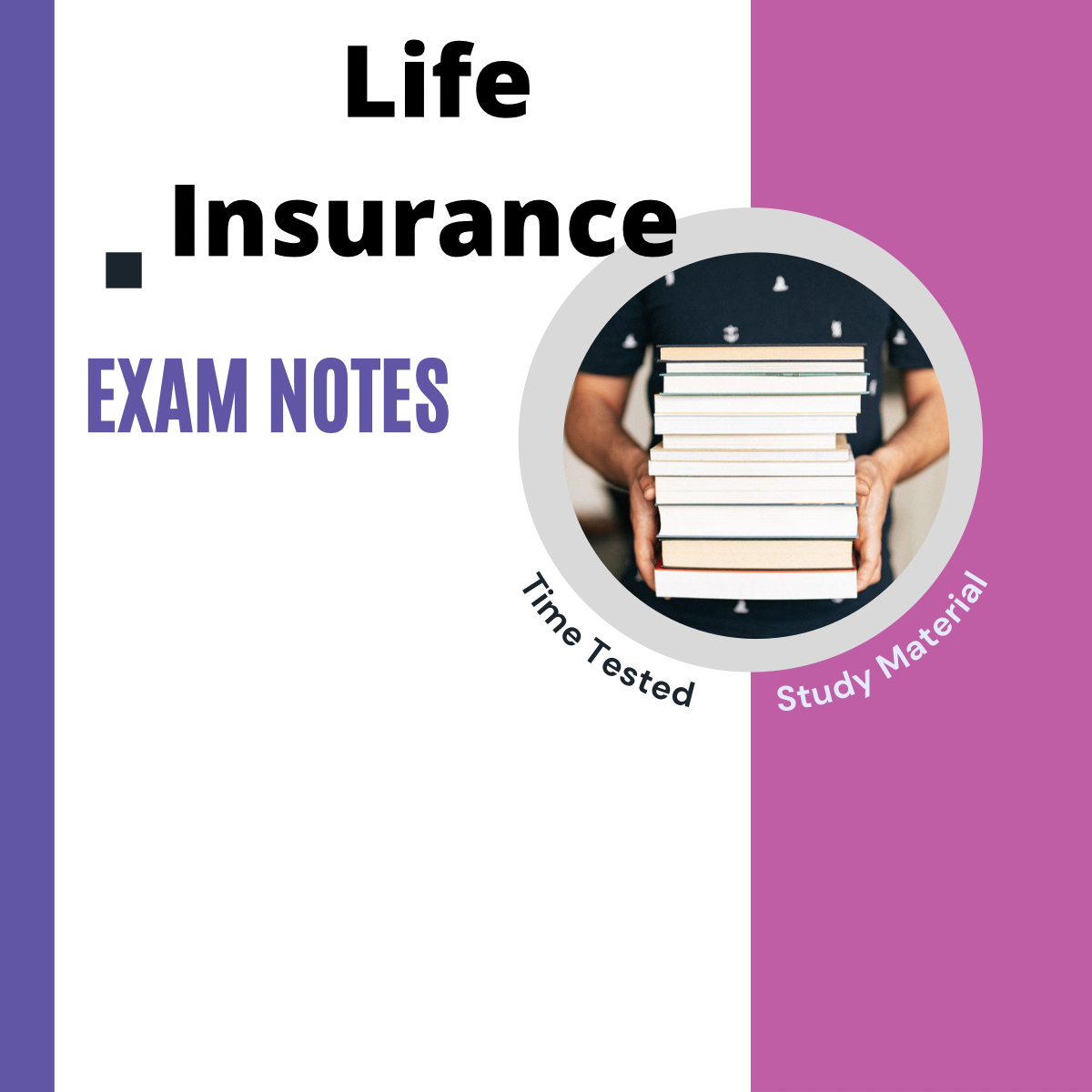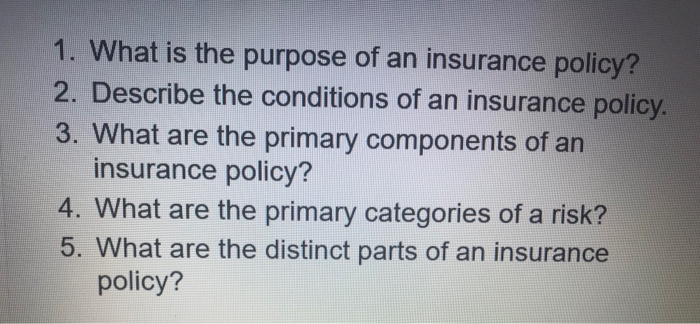The Only Guide for Pacific Prime
Table of ContentsSome Known Questions About Pacific Prime.The Main Principles Of Pacific Prime Pacific Prime - TruthsThe Single Strategy To Use For Pacific PrimeHow Pacific Prime can Save You Time, Stress, and Money.

This is since the information were collected for a period of solid economic efficiency. Of the approximated 42 million individuals who were without insurance, all yet regarding 420,000 (concerning 1 percent) were under 65 years old, the age at which most Americans become eligible for Medicare; 32 million were adults between ages 18 and 65, about 19 percent of all grownups in this age; and 10 million were children under 18 years of age, regarding 13.9 percent of all children (Mills, 2000).
These estimates of the number of individuals without insurance are generated from the yearly March Supplement to the Existing Populace Study (CPS), carried out by the Demographics Bureau. Unless or else noted, national estimates of individuals without medical insurance and proportions of the populace with different kinds of protection are based on the CPS, the most extensively made use of resource of price quotes of insurance policy coverage and uninsurance rates.
The Best Strategy To Use For Pacific Prime

Still, the CPS is specifically valuable because it generates annual quotes fairly swiftly, reporting the previous year's insurance protection approximates each September, and due to the fact that it is the basis for a constant set of estimates for greater than 20 years, permitting analysis of trends in protection over time. For these factors, in addition to the comprehensive use of the CPS in other researches of insurance protection that exist in this record, we depend on CPS estimates, with constraints noted.

The price quote of the number of without insurance people increases when a populace's insurance coverage standing is tracked for several years. Over a three-year duration beginning early in 1993, 72 million individuals, 29 percent of the U.S. https://www.intensedebate.com/profiles/pacificpr1me. populace, were without protection for a minimum of one month. Within a solitary year (1994 ), 53 million people experienced at the very least a month without insurance coverage (Bennefield, 1998a)
Six out of every ten without insurance adults are themselves used. Although working does improve the likelihood that a person and one's relative will have insurance policy, it is not an assurance. Even participants of family members with two full time breadwinner have nearly a one-in-ten chance of being without insurance (9.1 percent uninsured price) (Hoffman and Pohl, 2000).
The Buzz on Pacific Prime
New immigrants account for a significant proportion of people without medical insurance. One analysis has attributed a substantial section of the current development in the size of the united state uninsured population to immigrants who showed up in the country between 1994 and 1998 (Camarota and Edwards, 2000). Recent immigrants (those who pertained to the USA within the previous four years) do have a high rate of being uninsured (46 percent), however they and their kids represent just 6 percent of those without insurance coverage across the country (Holahan et al., 2001).
The partnership in between medical insurance and accessibility to care is well developed, as documented later in this chapter. The relationship between health insurance coverage and health end results is neither straight nor simple, a comprehensive clinical and wellness solutions research study literature web links health insurance coverage to better access to care, better top quality, and boosted personal and population health status.
Levels of evaluation for examining the results of uninsurance. This discussion of medical insurance coverage concentrates mostly on the U.S. populace under age 65 since practically all Americans 65 and older have Medicare or various other public protection. It concentrates particularly on those without any type of health and wellness insurance for any kind of size of time.
The 25-Second Trick For Pacific Prime
The issues faced by the underinsured are in some areas similar to those encountered by the without insurance, although they are generally much less serious. Wellness insurance policy, nevertheless, is neither required neither sufficient to obtain access to clinical solutions. The independent and straight result of health and wellness insurance policy protection on access to health services is well established.
Others will certainly obtain the wellness care they require even without health insurance, by spending for it expense or seeking it from providers who offer treatment free or at extremely subsidized prices. For still others, medical insurance alone does not ensure invoice of treatment because of various other nonfinancial obstacles, such as a lack of wellness care carriers in their click this link community, restricted accessibility to transportation, illiteracy, or etymological and social differences.
Pacific Prime Can Be Fun For Everyone
Formal research study regarding without insurance populaces in the USA dates to the late 1920s and very early 1930s when the Board on the Price of Medical Care produced a series of reports regarding financing doctor office brows through and hospitalizations. This issue became salient as the numbers of medically indigent climbed during the Great Depression.